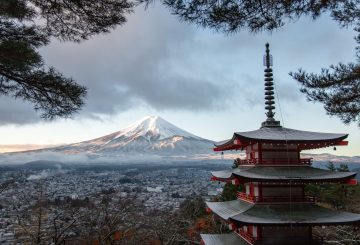두바이에서 열린 COP28 기후 정상 회의에서는 기후 변화로 인한 사람과 지역 사회의 이동이라는 주제가 주요 이슈가 되었습니다.기후 변화로 인해 실향민이 된 사람들의 필요와 권리에 초점을 맞춘 약 25개의 세션이 있습니다.
정상회의 첫날, 기후 변화로 피해를 입은 취약 국가를 지원하기 위한 “손실 및 피해” 기금에 대한 합의가 이루어졌습니다.그러나 이 기금이 파리 협정의 목표를 향한 진행 상황에 대한 보고서인 글로벌 스톡테이크와 어떻게 연계될지는 아직 확실하지 않습니다.
기후 이동성 문제는 유엔 기후 변화 협약 (UNFCCC) 내에서 다루기가 어려웠습니다.기후 변화로 위협받는 국가의 국민을 보호하는 방법에 대한 합의는 아직 이루어지지 않았습니다.또한 기후 변화의 영향을 받는 사람들을 포함하도록 “난민”의 정의를 바꾸려는 정치적 의지도 거의 없습니다.
팔레필리 연합 (Falepili Union) 으로 알려진 호주와 투발루 간의 최근 협정은 기후 변화의 영향을 받는 투발루 시민이 호주 시민권을 취득할 수 있는 경로를 제공합니다.그러나 이 협정에 따라 투발루는 다른 국가와의 모든 안보 및 국방 관련 협정에 대해 호주와 합의해야 하며, 이로 인해 투발루의 국가 주권에 대한 우려가 제기되었습니다.
비평가들은 팔레필리 연합이 투발루보다 호주에 더 유리하다고 주장합니다.그들은 또한 투발루 시민들은 협정에 대해 자문을 받지 못했다고 지적합니다.
연구에 따르면 기후 변화의 영향을 받는 지역사회는 존엄성을 가지고 모국에 머물 수 있는 선택권이 필요합니다.태평양에서는 자리를 유지하기 위한 성공적인 전략이 이미 사용되고 있습니다.예를 들어, 사모아의 지역 사회는 물리적 위험과 문화적 피해를 모두 최소화하는 기후 변화에 적응할 방법을 찾았습니다.
COP28 정상회의는 취약한 국가의 주권을 보호하고 기후 정의가 우선시되도록 하는 데 초점을 맞춰야 합니다.기후 변화의 원인에 거의 기여하지 않은 작은 섬 국가와 태평양 주민들이 기후 변화의 영향을 가장 먼저 느끼고 있습니다.상황에 맞게 적응할 수 있는 옵션을 포함하여 적응의 미래를 스스로 결정할 수 있는 사람들의 권리는 COP28 문서에서 다루어질 수 있습니다.




























































